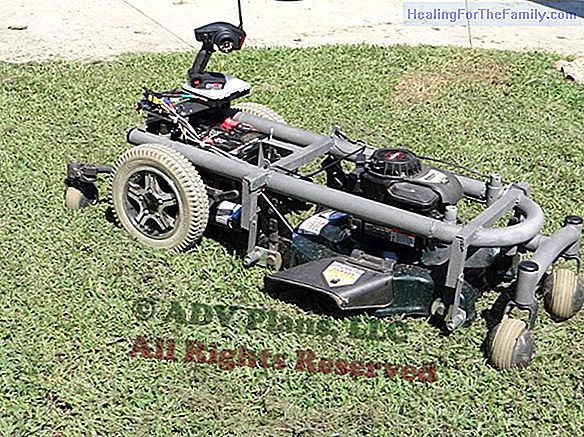Lameness in children or transient synovitis of the hip
The transient synovitis of the hip , which is also called toxic synovitis, is an inflammation and swelling of the tissues surrounding the hip joint. This condition is called "transient" because it lasts only a short period. Transient synovitis of the hip is the most common cause of sudden hip pain i
The transient synovitis of the hip, which is also called toxic synovitis, is an inflammation and swelling of the tissues surrounding the hip joint. This condition is called "transient" because it lasts only a short period. Transient synovitis of the hip is the most common cause of sudden hip pain in children and can affect both the right and left but never simultaneously.
It can occur between 9 months of life and adolescence but especially between 3 and 8 years of life being more common in boys than girls. It is the most frequent cause of lameness in children.
What are the symptoms of transient synovitis?

- The main symptom is pain in the hip. In some children, the hip pain worsens very quickly although at first, the hip pain may be so mild that they do not realize that something is wrong.
- When the pain gets worse enough you may have difficulty walking because you may have pain when you move your hip and walk with a limp. Due to the pain, your child may have problems standing, standing. Some children may have pain in the inner thigh or in the knee area, rather than around the hip because it is reflected. Many children who have this condition want to lie on their back with the knee on their side that hurts flexed and rotated outward, with the foot pointing away from the body. This position can mitigate the pain.
- Sometimes it is accompanied by a low fever, rarely above 38º C.
Symptoms decrease gradually in a few days or weeks. The average duration is about 10 days, although the process can be extended up to 8 weeks. Sometimes the synovitis can occur again after a while. This occurs in 17% of children.
What is the cause of transient synovitis of the hip?
Doctors do not know the exact cause of transient synovitis of the hip. However, it has been linked to one of the following processes:
1. A non-specific viral infection of the upper respiratory tract, pharyngitis or otitis media. This association has been found in 70% of cases.
2. A history of trauma, fall or blow. This association has been found between 17 and 30% of cases.
3. An allergic predisposition. This association has been found between 16 and 25% of cases.
How is hip synovitis diagnosed?
It is important to go to the pediatric orthopedic specialist to rule out other more serious diseases that could cause similar symptoms, such as Perthes disease and hip dysplasia.
The doctor will look at the child's hip to find out what type of movement makes the pain worse. You may request a blood test and x-rays to make sure that the cause of the hip pain is not another more serious factor.
How is transient synovitis of the hip treated?
- The treatment is focused on decreasing the inflammation of the hip. Therefore rest is recommended until pain subsides and mobility recovers.
- In cases of very severe pain, hospital admission can be indicated to place traction on the limbs by means of pulleys and weight, which relieves hip pain, and to administer prescribed anti-inflammatory medication.
- Exceptionally, if an intense effusion occurs in the hip, a aspiration of the joint fluid may be necessary through a puncture or in the operating room.
- Special attention is required if the child has a fever, since fever may mean that your child has a problem other than hip synovitis. To ensure that your child is evolving well, it is possible and advisable for your doctor to check your child again 12 to 24 hours after the first visit.
With rest and medication, your child's hip will probably improve in 3 or 4 days. After the pain goes away, your child can resume normal activities. In most children, there is no complication caused by transient synovitis of the hip. They recover completely. To make sure everything is okay, your doctor may want to take another x-ray of your child's hip in about 6 months.












